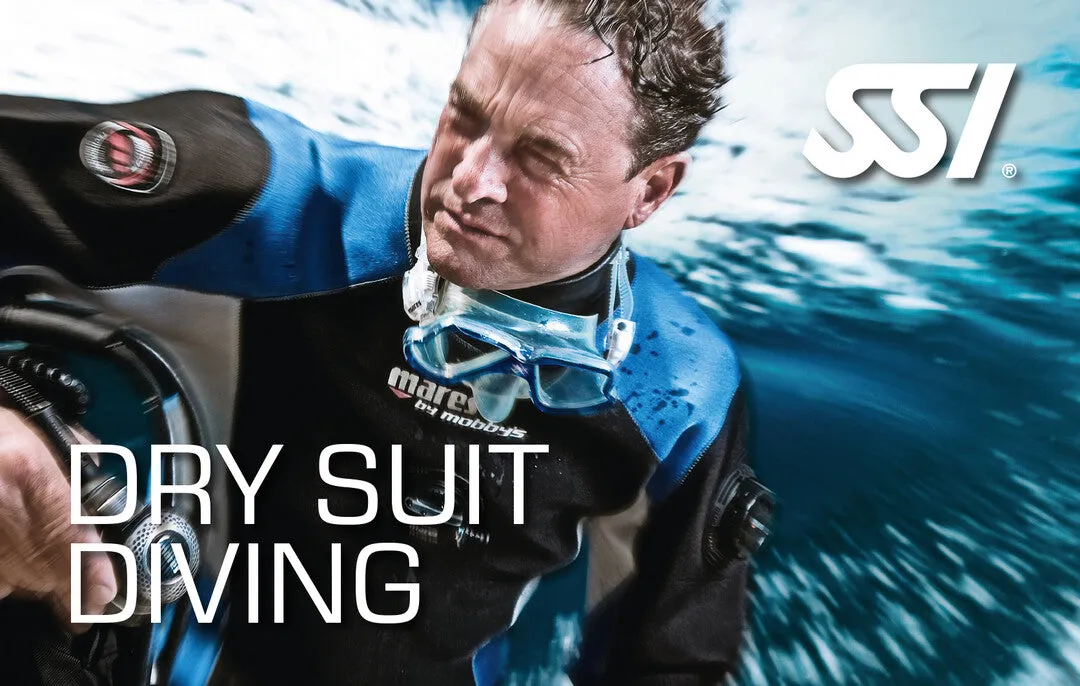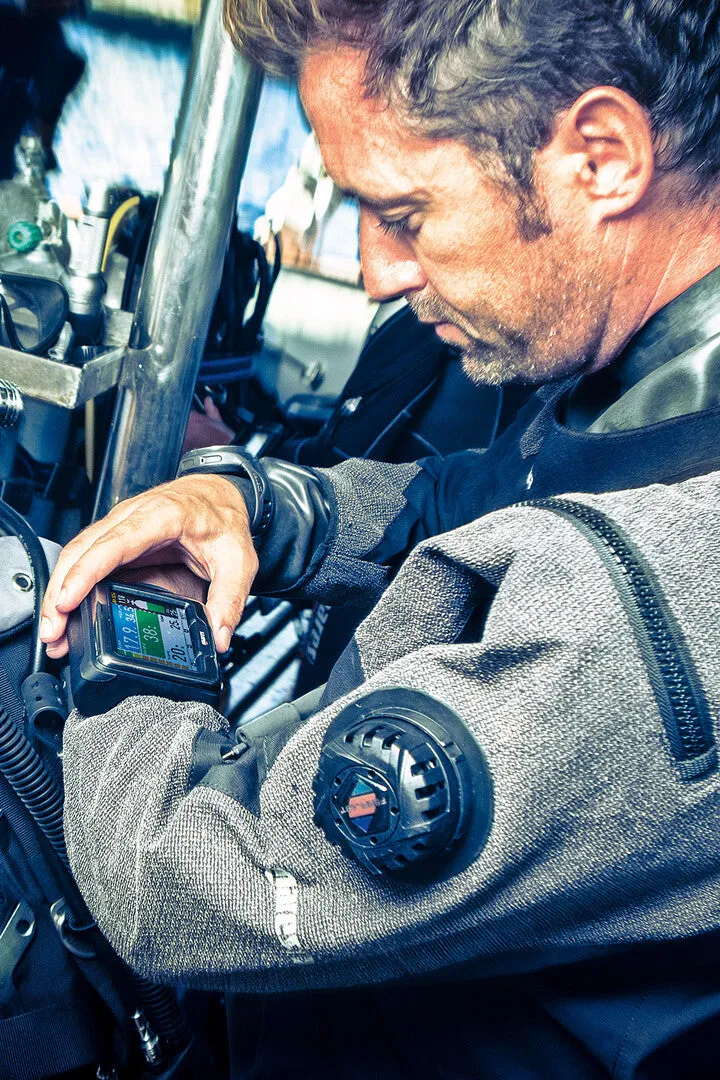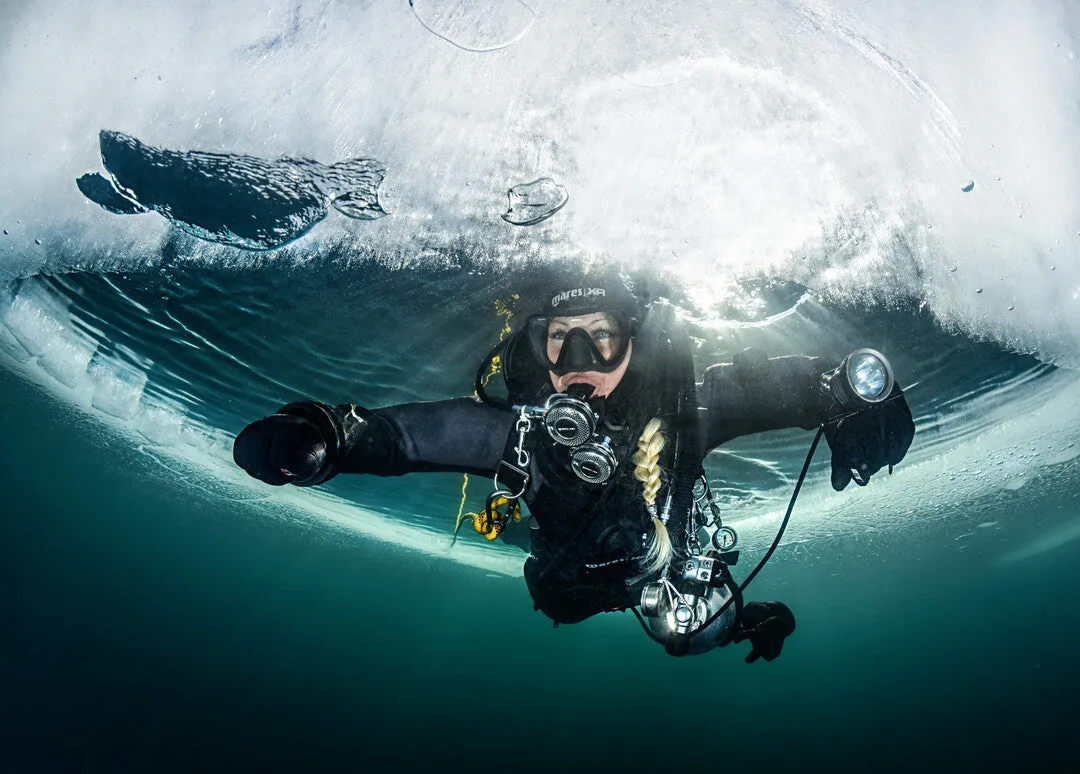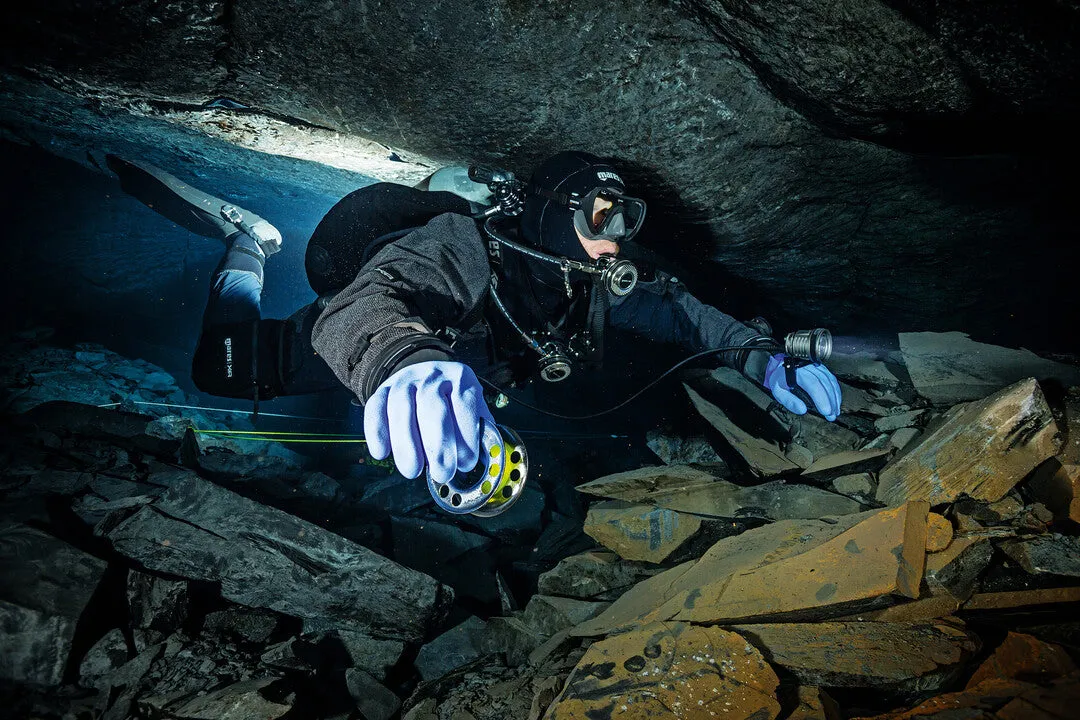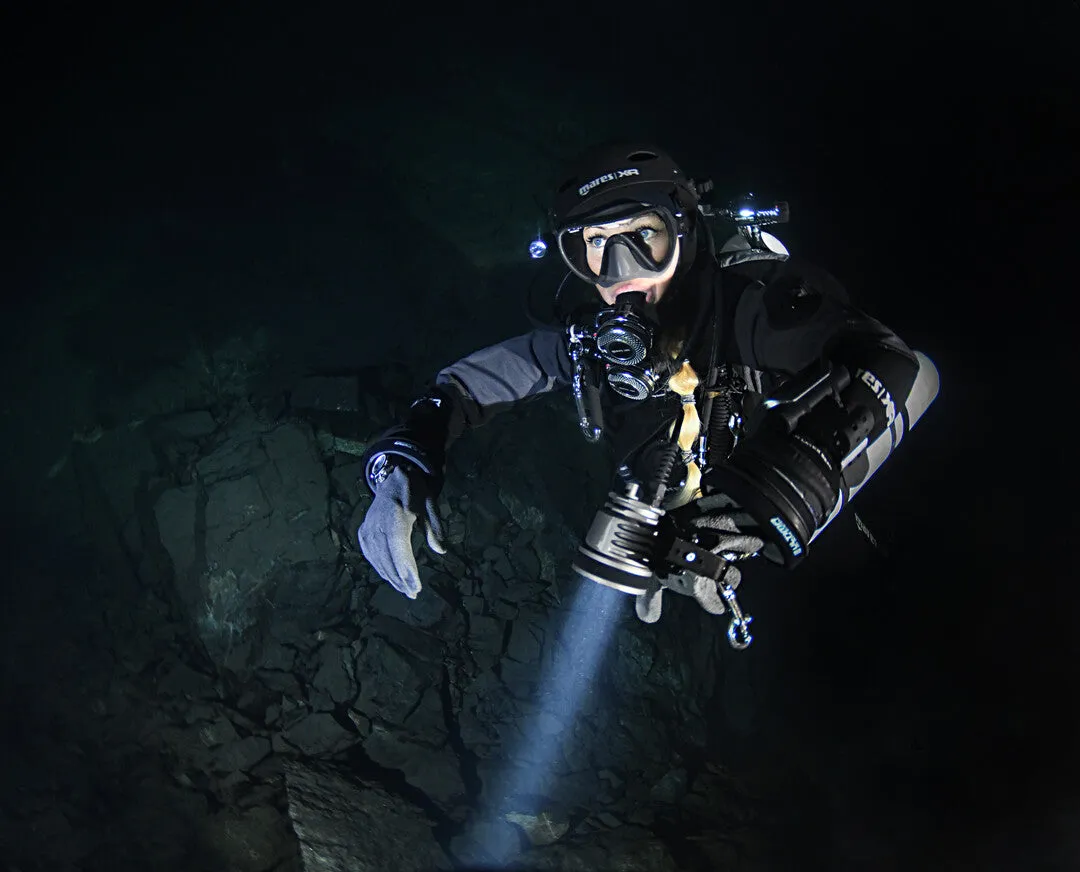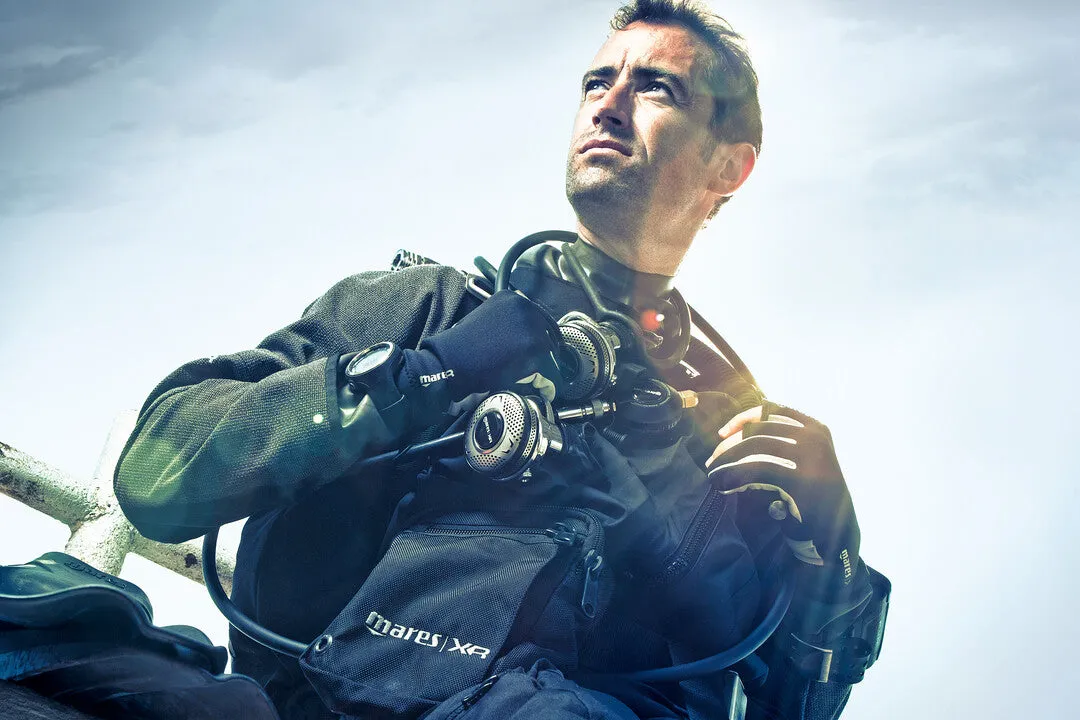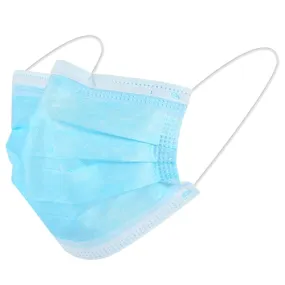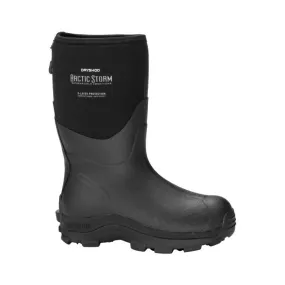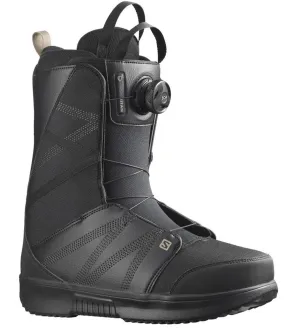Dry Suit Diving
Become a dry suit diver and you can dive comfortably all year round, anywhere in the word. It is the best way to extend your season of diving. Keep warm and explore cold water dive sites with ease. Remote destinations including Arctic destinations will become accessible to you with a dry suit.
Diving with a dry suit will keep you warm on multi-dive days when you do not want to spend your time getting in and out of a cold wetsuit. Completing the SSI Dry Suit Diving specialty program is the best way to become a dry suit diver as it teaches you all the knowledge and techniques needed to dive safely and comfortably in a dry suit. You will learn the benefits of dry suits, how to deal with dry suit emergencies as well as using specialised equipment such as BCs which are unique to this type of diving.
Prerequisites for Dry Suit Diver
- Certification prerequisites: Minimum Open Water Certification
- Minimum age is 15
- All persons under the age of 18 require parent/guardian signature for participation.
- Children under the age of 18 must be accompanied with a parent/guardian over the age of 18.
- Successfully complete the fitness to dive questionnaire. Some medical conditions may prevent you from diving. For Example: heart disease, asthma, or epilepsy. Cost of diving medical is not included. A medical is only required if you answer yes to any of the following questions on this form.
Course Includes
- 2x Open Water Dive
- 1x Confined/pool Session
- Online Theory
- In person academic session
- Completion over one or two days (duration approx. 10-15hrs)
- Max depth 30m/100ft
Exclusions
- You must provide your own dry suit.
- Diving equipment
- Transport to the pool and dive site
|
What To Bring: |
- Sunscreen
- Mask, Snorkel, Fins, and Boots
- Swimwear
- Towel
- Lunch
- Mobile Phone
- Completed paperwork with Parent/Guardian signature if required. (Contact our shop staff if you are unsure)
- Open Water certification card
- Diving equipment e.g., Tank, Regulator, Gauge, BCD, Weights
- Drysuit- you will need extra weight with your dry suit.
|
Flying After Diving Guidelines |
For a single no-decompression dive, a minimum prefight surface interval of 12 hours is suggested. (Including pool and shallow water immersions)
For multiple dives per day or multiple days of diving, a minimum prefight surface interval of 18 hours is suggested. Dive Newcastle recommends 24 hours to err on the side of safety.
For dives requiring decompression stops, 24 hours minimum is recommended.
To err on the side of safety, many divers plan a 24-hour surface interval or longer and spend their time exploring topside attractions.
All divers and students need to follow the recommendation given by the manufacturer of the dive computer regarding No-Fly Times and should always take the most conservative approach regarding flying after diving. Waiting longer before flying when possible after diving and exploring the top side during this period is always your best approach. This information is discussed further and in more detail during your dive course.




